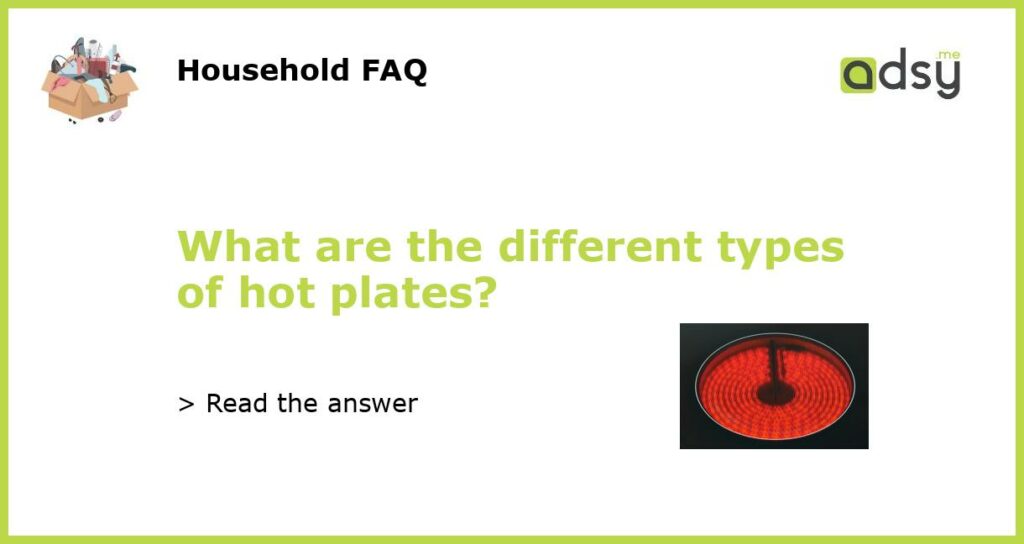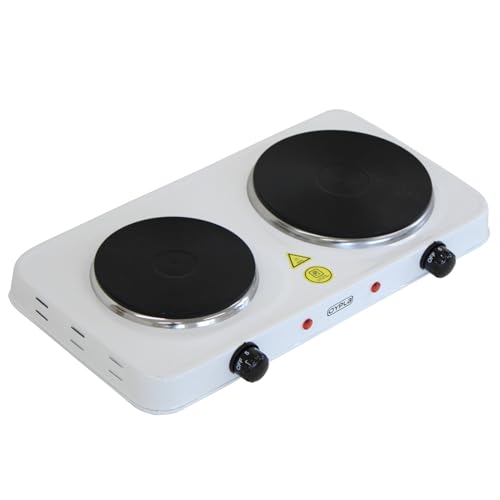The Basics of Hot Plates
Hot plates are heating devices used in laboratories and kitchen settings for heating, cooking, and melting purposes. Unlike cooking stoves, hot plates are made of flat metallic plates that transfer heat to either laboratory apparatus or cooking pots. With the ability to regulate temperatures, hot plates come in different types and designs for specific applications.
The Different Types of Hot Plates
Depending on the intended use, hot plates come in different types and designs. The two most common types are gas hot plates and electric hot plates. Gas hot plates are used in laboratory settings that require high-temperature heating for chemical reactions and sample preparations. Electric hot plates, on the other hand, are commonly used in cooking settings and low-temperature laboratory applications.
Electric Hot Plates
Electric hot plates are the most common variety of hot plates, and they utilize electricity to heat suitable cooking vessels that are placed on the plate. Portable electric hot plates consist of a flat cast iron, ceramic, or coil heating surface that is powered by an electric current. Moreover, these plates are easier to use, maintain and can be designed in various shapes and sizes.
Gas Hot Plates
Gas hot plates are utilized in laboratory settings where high-temperature heating is required for chemical reactions and sample preparations. The plates utilize a gas inlet and an ignition source to heat a metal plate that then transfers heat to the laboratory apparatus, such as beakers and flasks. Despite gas hot plates’ usefulness in laboratory settings, they are not ideal for food preparation due to uneven heating and extended cool down times.
Magnetic Stirrer Hot Plates
Magnetic stirrer hot plates utilize magnetic fields to heat liquids in laboratory settings. They are designed specifically for stirring and heating of liquids simultaneously, and are commonly used in chemistry and research labs. The stir bar is placed in a flask, and the magnetic hot plate transmits heat while simultaneously stirring the liquid using a magnetic field.






